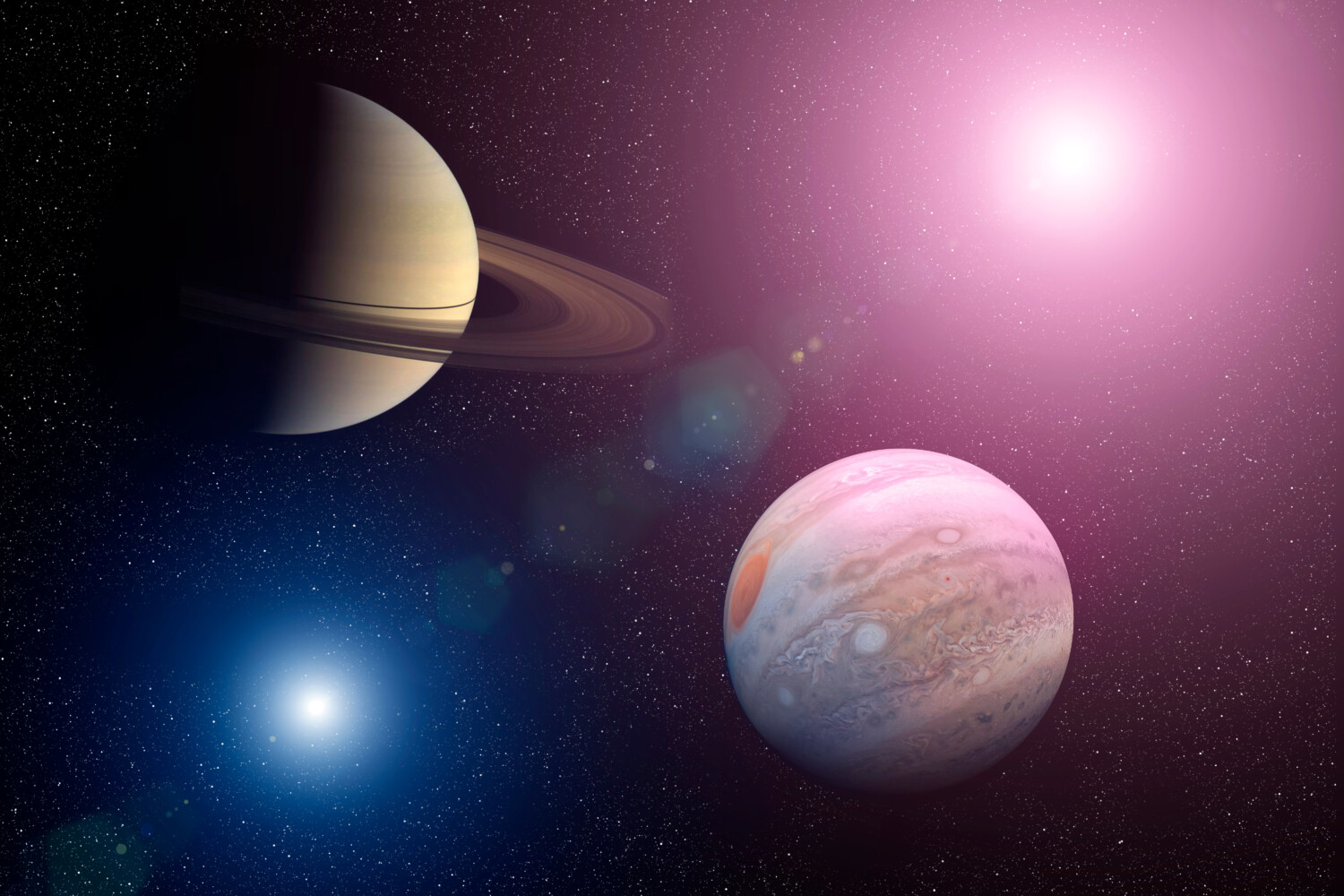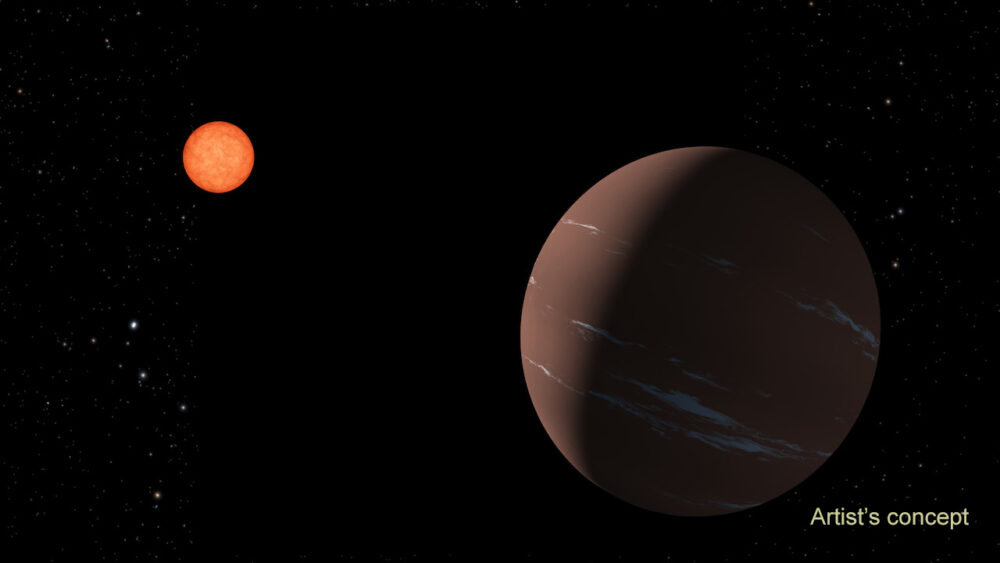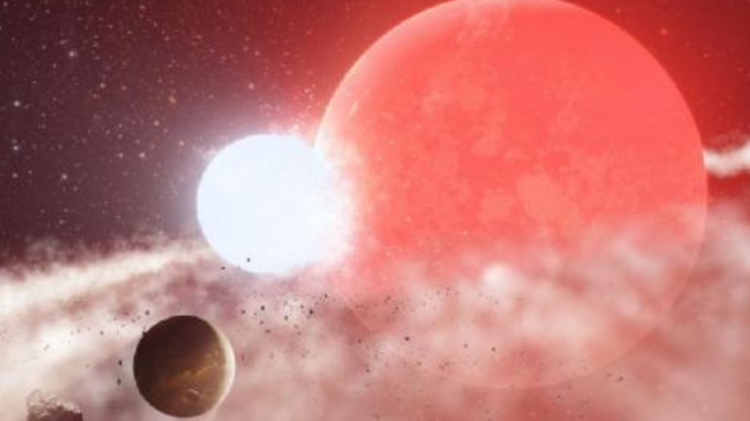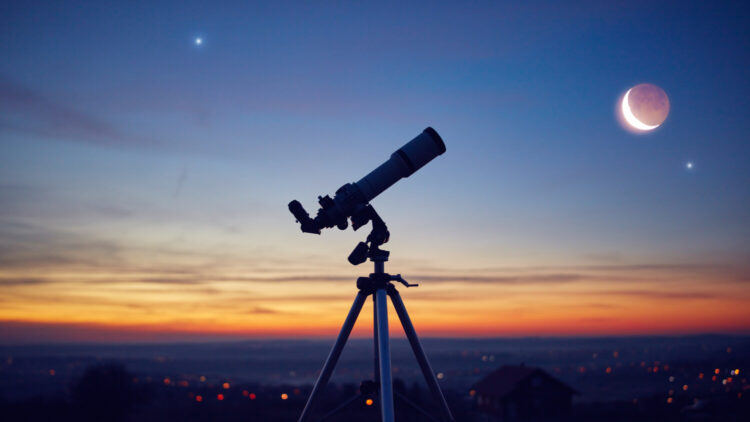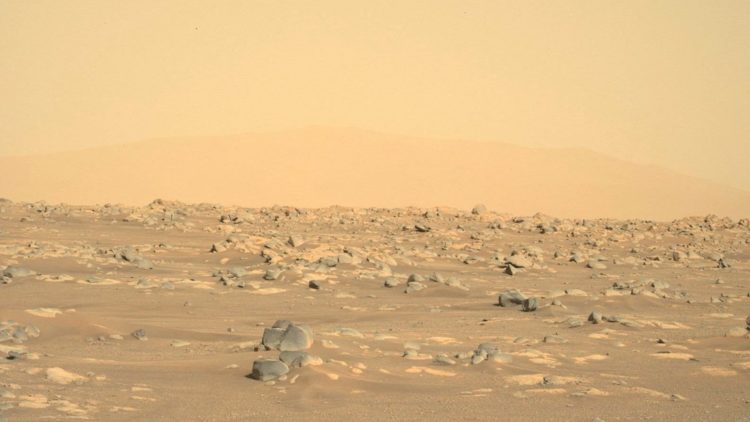How to view the weekend’s 5-planet alignment
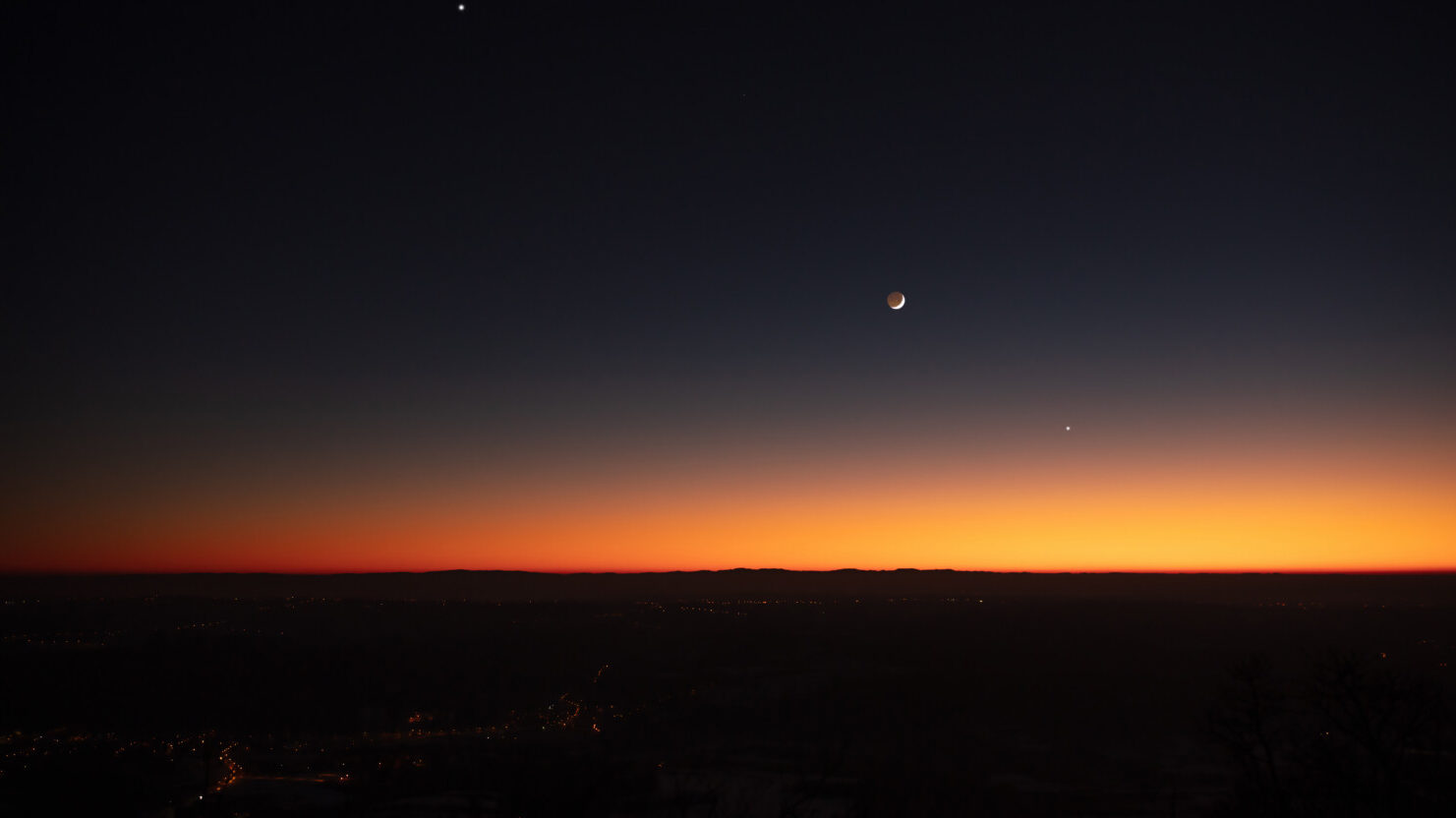
This Saturday, the planets align — literally. During this astronomical event, five planets can all be seen from Earth because they’re gathered closely on one side of the sun. They aren’t, in reality — they’re millions of miles apart.
Planetary alignments haven’t seemed extremely rare lately: One took place in March, and during 2022 alignments took place in June and December, when eight planets could be seen together. However, the June 2022 event was the first time in almost 20 years that a major alignment had happened. And after Saturday, June 17, the next time five planets you can see without binoculars will be within a circle of 9 degrees is Sept. 8, 2040.
Unfortunately, this planetary alignment isn’t going to be as spectacular as ones past, EarthSky reports. With the naked eye, you’re actually only going to be able to see two planets — Saturn and Jupiter — if you’re in the Northern Hemisphere. If you’re in the Southern Hemisphere, you should also be able to see Mercury.
However, Saturn, Jupiter, Neptune, Uranus and Mercury will be within 93 degrees of one another about an hour before sunrise. If you can get up early and have a good pair of binoculars, this is still a celestial event worth catching.
Of course, you’ll need perfect conditions: clear skies and an unobstructed view of the eastern horizon will be helpful. If you look low to the east, you’ll see Jupiter, the brightest of the five. Then look up and to the right for Saturn, over the southeastern horizon.
The Star Walk app reports that Mercury will be lower and to the left of Jupiter. Neptune (halfway between Jupiter and Saturn) and Uranus (halfway between Jupiter and Mercury) may not be visible unless you’re very lucky. Fortunately, the moon is at very low illumination this night, which may help your chances of seeing more. You may wish to get a stargazing app like SkySafari or SkyView Lite to help you orient yourself.
Planetary alignments have a bad reputation. In earlier times, such conjunctions were associated with major historical events, sometimes catastrophic. Even in more modern times, they have been predicted to cause everything from “erratic energy” to the end of the world. Whatever you believe, this weekend’s event will be a spectacle to see!


